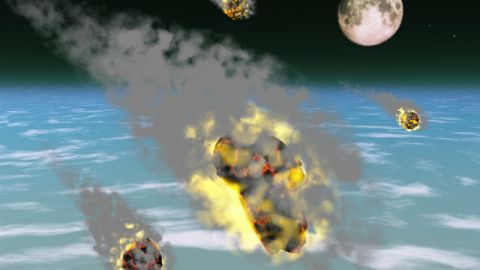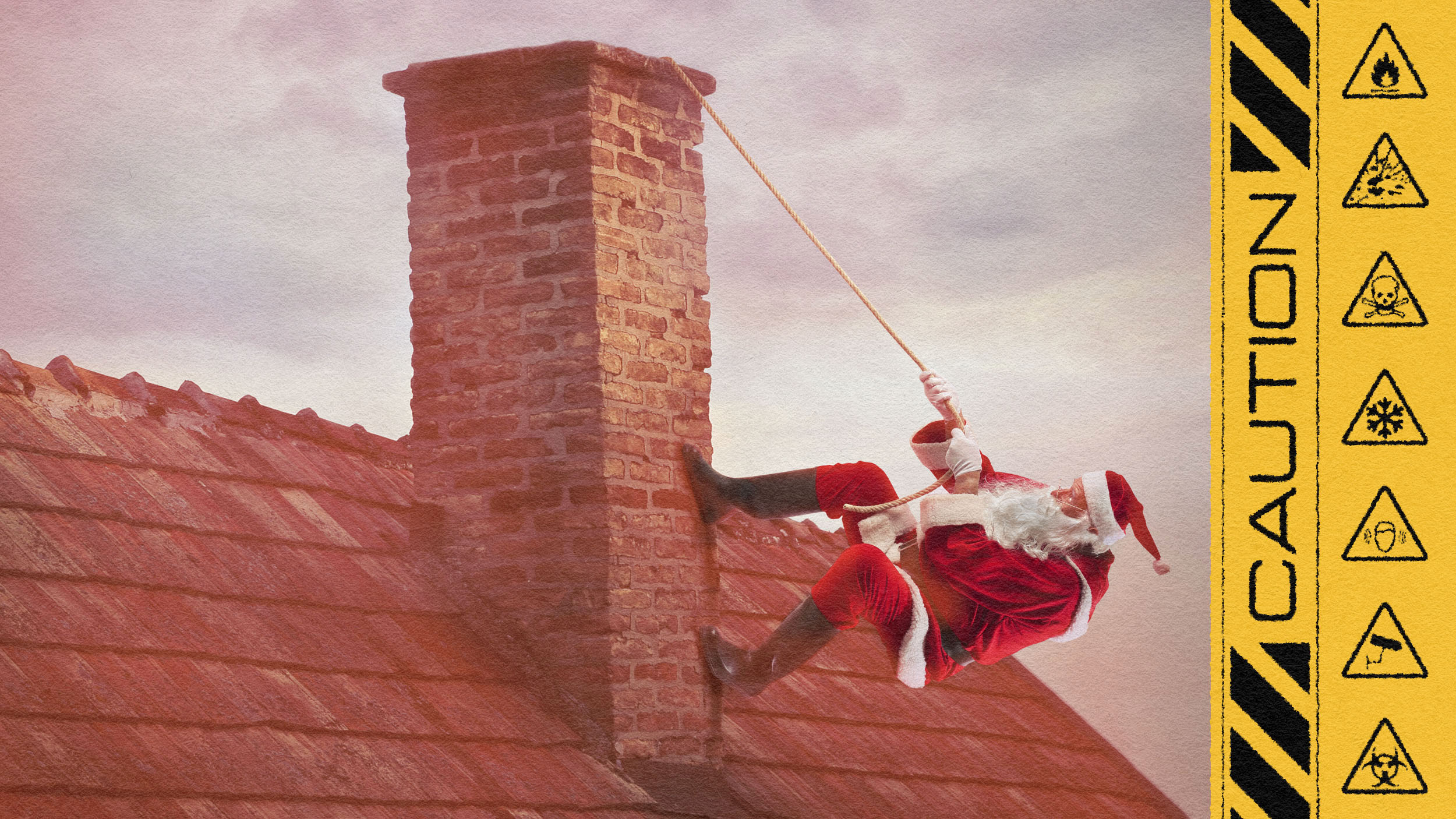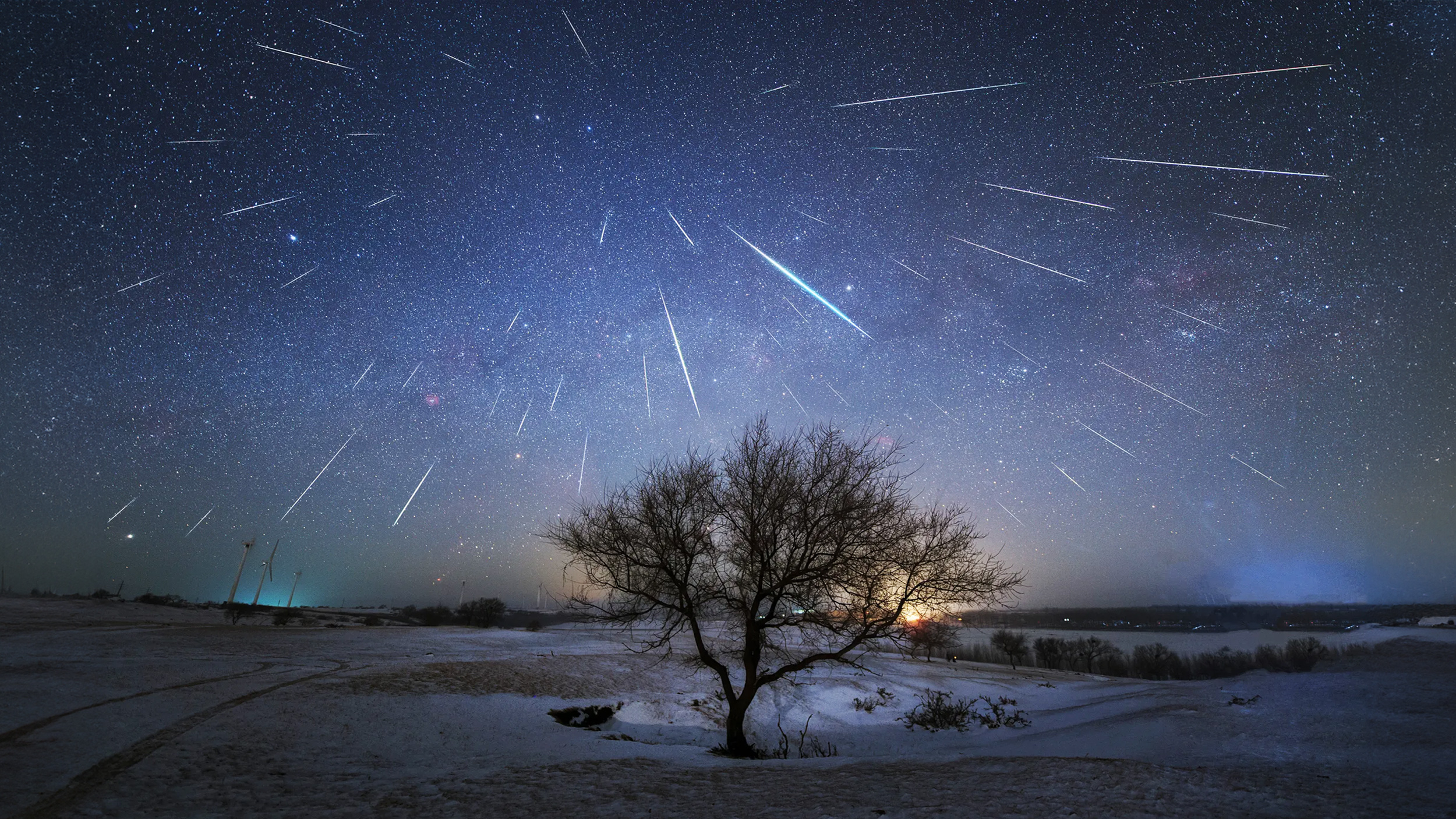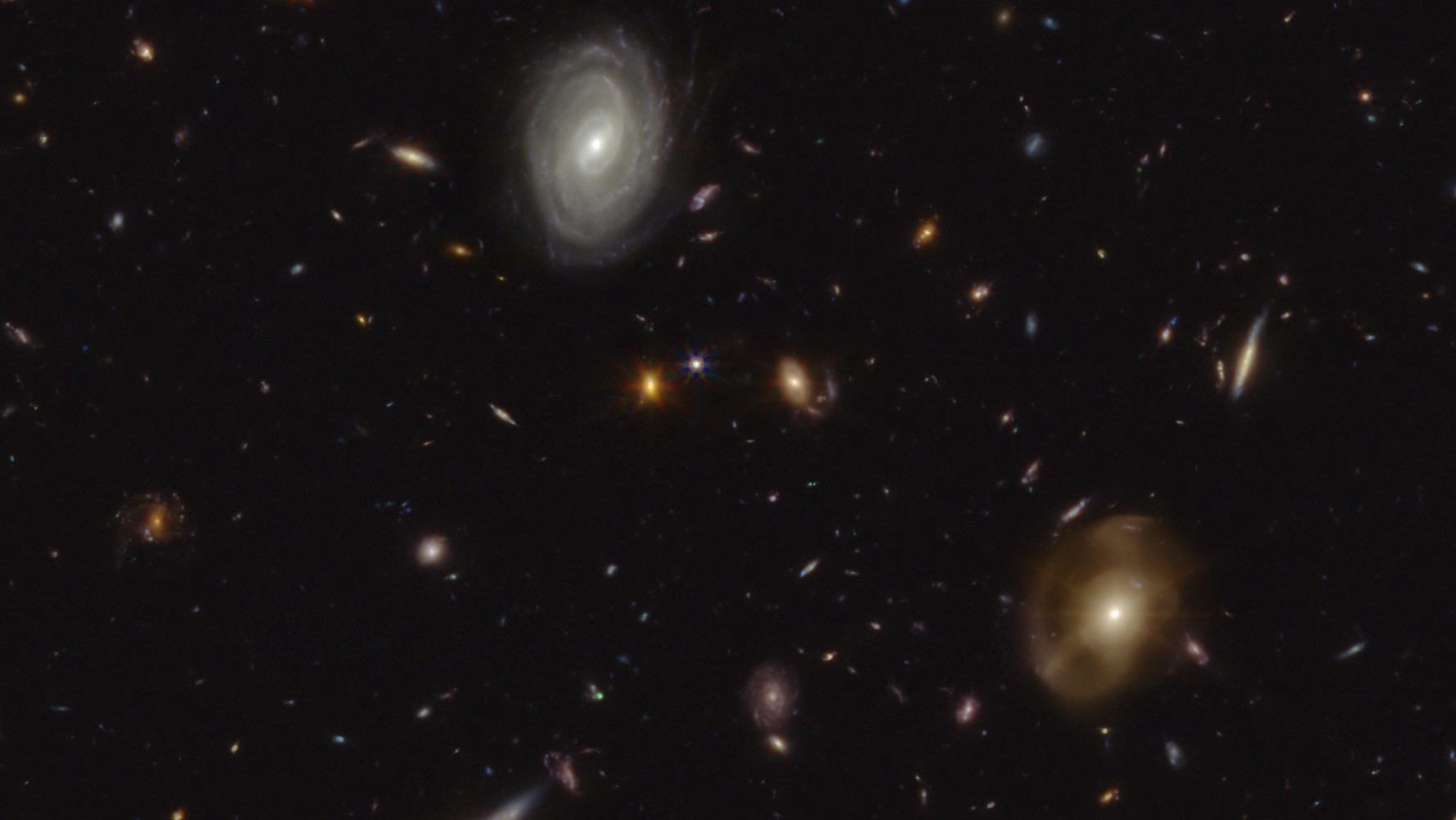Lyrid Meteor Shower Lasts Through April 25

This Earth Day, we’re celebrating with a light show.
The Lyrid meteor shower began in the early morning hours of April 22 and will be visible through April 25. Just like last week’s “blood moon,” those in the Northern Hemisphere will be able to see the meteor shower. Unlike the “blood moon,” skywatchers in the Southern Hemisphere will have a chance to check out the show, too, but the dazzling shower won’t be nearly as, well, dazzling.
NASA astronomer Bill Cooke provided these viewing instructions:
You can still see some Lyrids through April 25, but it will be at a very low rate. Everyone in the Northern Hemisphere with clear skies may see Lyrids. The best viewing will be between midnight and dawn, local time to wherever you are. To watch the shower, find a place with dark, clear skies away from city lights. Give your eyes 30-45 minutes to adjust to the dark. Lie on your back and look up (avoid looking at the bright moon), allowing your eyes to take in as much sky as possible.
The Lyrid meteor shower occurs every year and produces around 20 meteors an hour, which travel at the speed of around 110,000 miles per hour, according to Slooh astronomer Bob Berman. “That’s about 30 miles per second, which is nearly 60 times faster than a rifle bullet,” Berman told Space.com.
The Lyrid meteor shower occurs when the Earth passes through the remains of period comets, like the Comet Thatcher, in the constellation Lyra. The earliest observations of the Lyrid meteor shower date back to 687 BC, according to The Huffington Post. Chinese astronomers recorded their observations in the historical Chinese text The Chronicle of Zuo. To see what the Lyrid meteor show looked like in 2012 from the International Space Station, check out this video of Lyrids burning up over Earth:
For American audiences, check out “Cosmos: A Spacetime Odyssey,” episode The Clean Room, which covers meteorites (only available on Hulu, which is only accessible in the US).
Image credit: Mike Heywood/Shutterstock




